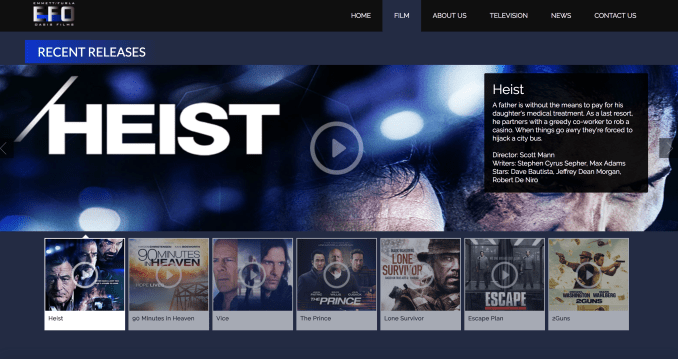Mapbox, the open source mapping service that competes directly with Google’s Maps Platform, today announced a new software development kit (SDK) that will make it easier for developers to build applications that provide AR navigation. That by itself would be cool, but by using ARM’s Project Trillium AI platform, the Mapbox Vision SDK can also recognize other vehicles, pedestrians, speed limit signs, construction signs, crosswalks and more, all without having to train their own machine learning models to do so.
It’s easy to see how this could be useful for navigation apps, but Mapbox is going a step further by also integrating its service deeply with Microsoft’s Azure IoT platform. Indeed, the company has integrated the open source Azure IoT Edge runtime into its SDK to allow developers to easily push events that the Vision SDK detects into the cloud. Thanks to this, you could easily crowdsource data about roadside construction, for example, or how busy a given intersection currently is. And in the context of a navigation app, the driver could get the same info in real-time, too (just in case you missed that construction sign…).
“The future of location is building live maps in real-time from distributed sensor networks embedded in vehicles and mobile devices at scale,” said Eric Gundersen, CEO of Mapbox, in today’s announcement. “Every vehicle and mobile device utilizing the Vision SDK creates a better map, and this same data is streamed back to Microsoft Azure for further processing. The Vision SDK not only runs in real-time to improve the driving experience in the vehicle, but also generates data for the back end to update the map based on changing conditions, powering larger solutions for smart cities or insurance companies.”
Using ARM’s Project Trillium platform, the SDK is able to make use of the mobile device’s onboard CPUs, GPUs and AI chips (if available) to perform the necessary object recognition. Once new phones launch with ARM’s new ML and object detection processors, the SDK will be able to perform all of these functions even faster, but for now, it can extract features from the video feed at a speed of about ten times a second.
Mapbox notes that its SDK will work on iOS and Android, but developers could also use it directly in a car that uses ARM embedded automotive chipsets.
The company says that it currently has about 1.1 million developers on its platform. It uses a variety of sources for its mapping data, but the core of its data comes from the OpenStreetMap project.




 There are few scenarios where enjoyable music pumping out of a good speaker is an annoyance. Outdoor gatherings, casual cleaning sessions at home, and parties (big and small) call for entertainment that can be provided through sound.
There are few scenarios where enjoyable music pumping out of a good speaker is an annoyance. Outdoor gatherings, casual cleaning sessions at home, and parties (big and small) call for entertainment that can be provided through sound.






